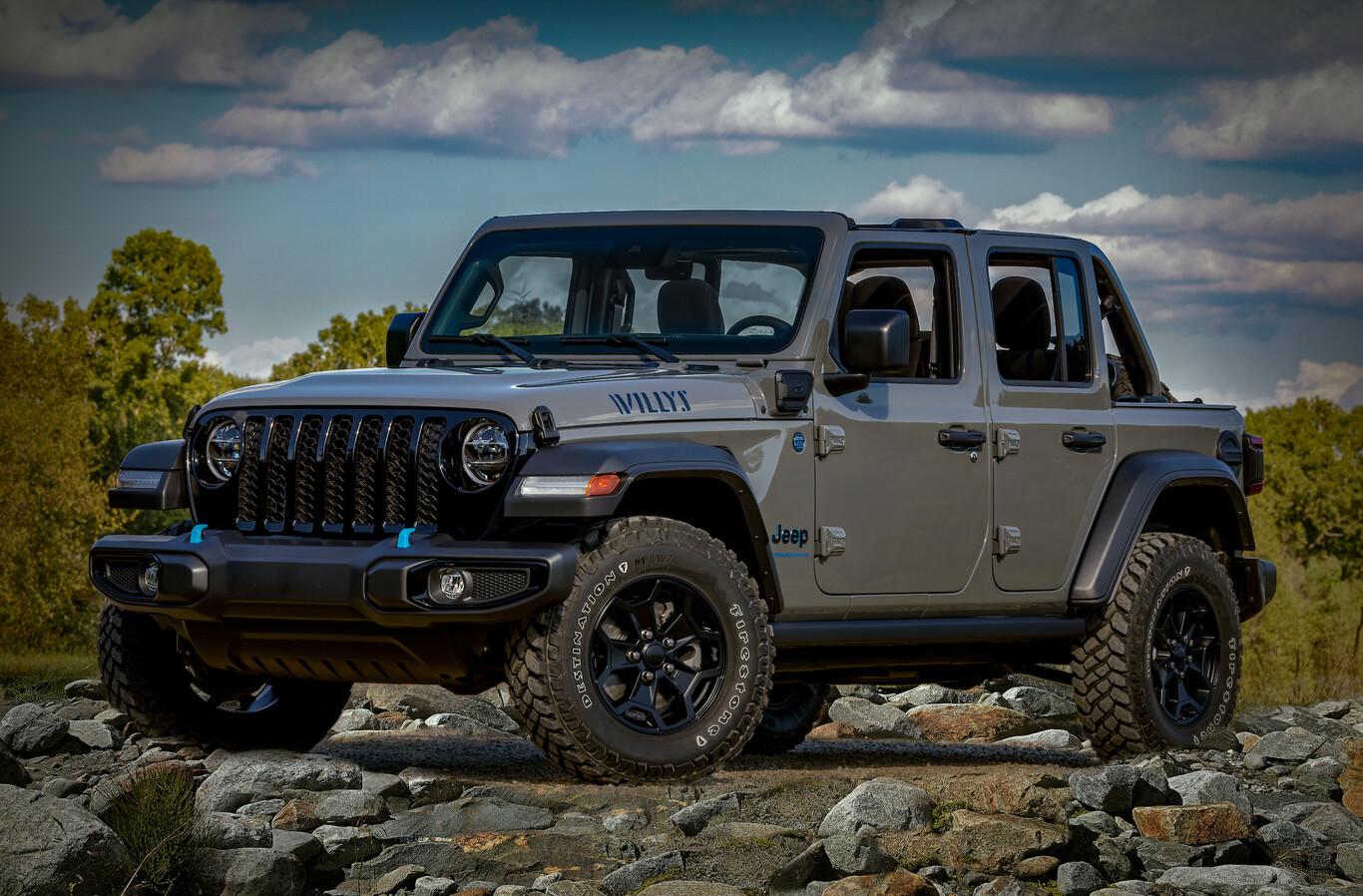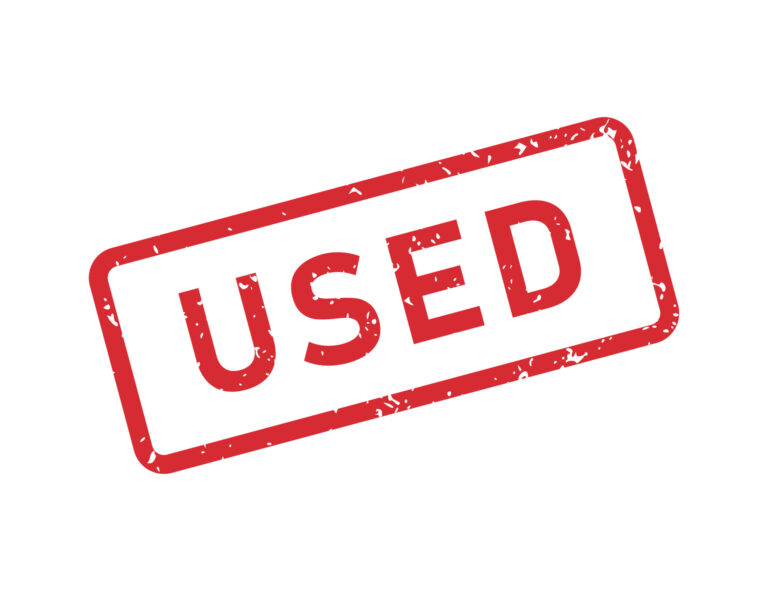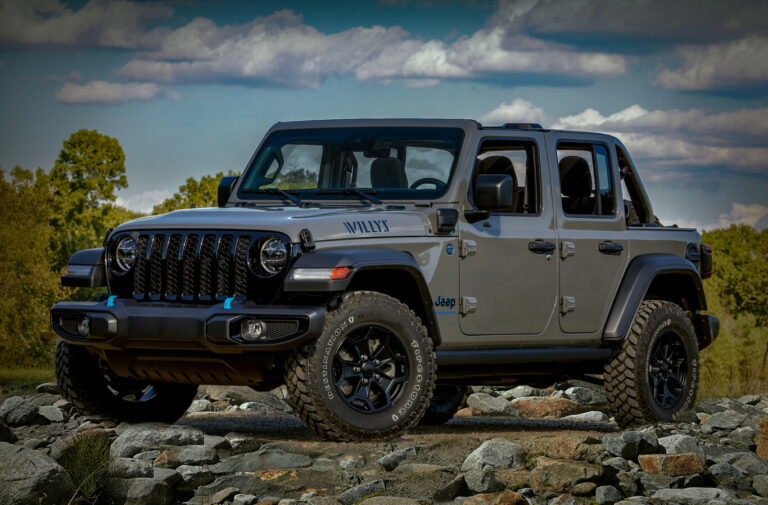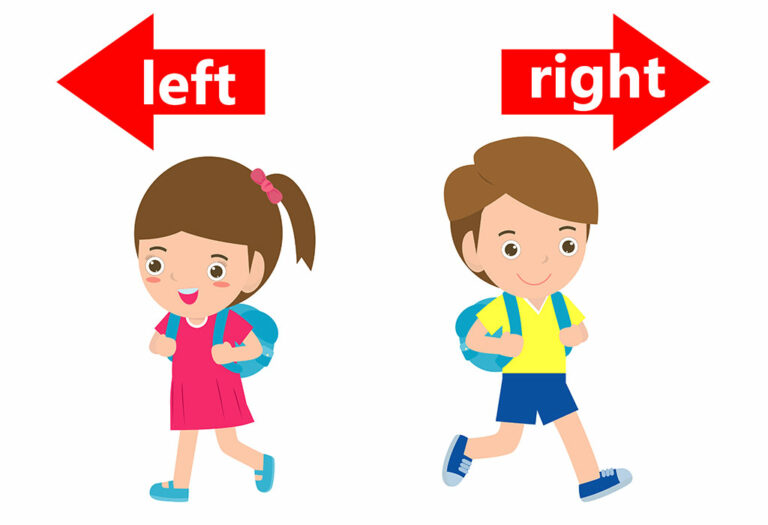Jeep TJ Tub For Sale: Your Comprehensive Guide to Restoration and Revitalization
Jeep TJ Tub For Sale: Your Comprehensive Guide to Restoration and Revitalization jeeps.truckstrend.com
The Jeep Wrangler TJ (1997-2006) holds a special place in the hearts of off-road enthusiasts and casual drivers alike. Known for its rugged capability, classic design, and robust aftermarket support, the TJ is a true icon. However, like any vehicle of its age, the TJ is susceptible to the relentless march of time, and perhaps its most common adversary is rust. When the body tub, the central structure of the Jeep that houses the interior, seats, and connects to the frame, succumbs to severe corrosion or damage, a "Jeep TJ Tub For Sale" becomes more than just a listing – it represents a crucial step towards restoring, revitalizing, or even custom-building your beloved TJ.
This comprehensive guide will delve into everything you need to know about purchasing and replacing a Jeep TJ tub, transforming what might seem like a daunting task into an informed and achievable project. Whether you’re battling advanced rust, recovering from an accident, or embarking on a custom build, understanding the nuances of acquiring and installing a new TJ tub is essential for extending the life and enhancing the performance of your Wrangler.
Jeep TJ Tub For Sale: Your Comprehensive Guide to Restoration and Revitalization
Why Consider a Replacement Jeep TJ Tub?
The decision to replace a Jeep TJ tub is usually driven by significant structural or aesthetic issues. While patch panels and minor repairs can address localized rust, there comes a point where the integrity of the entire tub is compromised. Here are the primary reasons why owners seek a replacement tub:
- Extensive Rust: This is by far the most common culprit. The TJ’s design, particularly in areas like the floor pans, body mounts, rocker panels, and rear corners, makes it prone to rust, especially in regions that experience harsh winters and road salt. Once rust perforates critical structural areas, a full tub replacement often becomes more cost-effective and safer than continuous patching.
- Accident Damage: Severe impacts can twist, bend, or tear the tub beyond repair. Even if the frame is salvageable, a compromised tub can affect door alignment, structural rigidity, and occupant safety.
- Off-Road Damage: While Jeeps are built for rugged terrain, extreme off-roading can lead to body damage from rocks, trees, or rollovers. A heavily dented or torn tub might necessitate replacement for both appearance and structural reasons.
- Custom Builds and Restorations: For those undertaking a full frame-off restoration or a highly customized build (e.g., a stretched TJ, a new drivetrain), starting with a fresh, unblemished tub provides the ideal foundation.

Types of Jeep TJ Tubs Available
When searching for a "Jeep TJ Tub For Sale," you’ll encounter several options, each with its own advantages and disadvantages:
- Used OEM Tubs (Donor Vehicles): These are original tubs removed from other TJ Wranglers, typically from salvage yards or parts vehicles.
- Pros: OEM fitment is guaranteed; potentially lower initial cost.
- Cons: Condition can vary wildly (often come with their own rust issues, dents, or hidden damage); finding a truly rust-free example can be challenging and costly due to shipping.
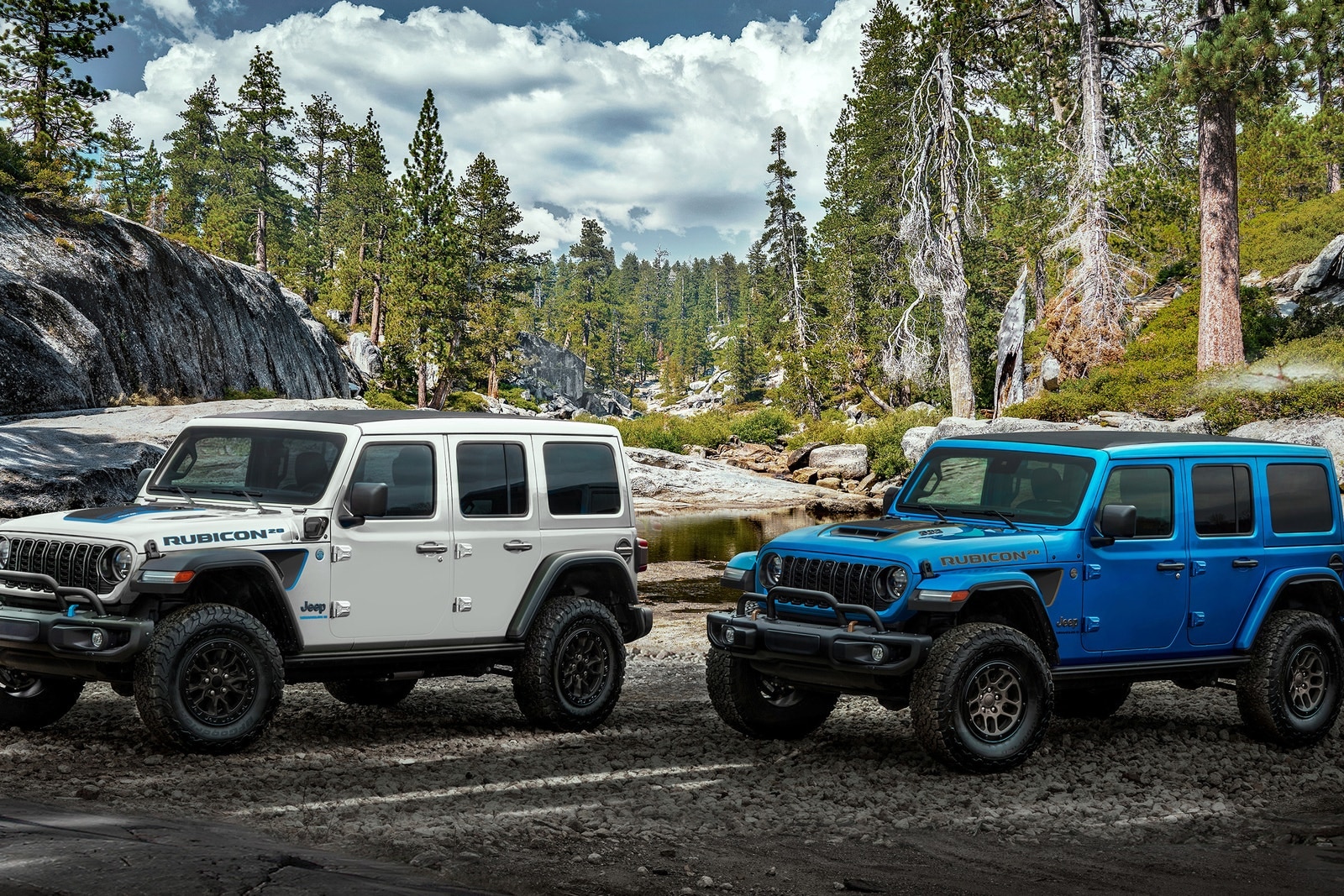
- Aftermarket Steel Tubs: These are brand-new reproductions made from steel, designed to be direct replacements for the OEM tub.
- Pros: Brand new, no rust or damage; often made with thicker gauge steel for increased durability; a clean slate for paint and customization.
- Cons: Requires significant prep work (welding small components, seam sealing, painting); fitment can sometimes be slightly off compared to OEM, requiring minor adjustments; higher initial cost than a typical used tub.

- Aftermarket Aluminum Tubs: A premium option, these tubs are constructed from aluminum, offering significant benefits.
- Pros: Completely rust-proof; significantly lighter than steel, improving performance, fuel economy, and reducing stress on the frame; excellent for high-performance builds.
- Cons: Highest cost; specialized repair techniques (aluminum welding); might require specific prep for painting.
- Fiberglass Tubs: While less common for full TJ tubs, some specialized manufacturers or custom builders might offer fiberglass options.
- Pros: Rust-proof; lightweight.
- Cons: Can be less durable than steel or aluminum in certain impacts; repair can be more complex; potentially less rigid; fitment can be challenging.
What to Look for When Buying a Jeep TJ Tub
Purchasing a replacement tub is a significant investment. Careful inspection and consideration are paramount:
- Rust (for Used Tubs): This is your number one enemy. Thoroughly inspect all common rust areas:
- Body Mounts: Where the tub bolts to the frame. These are critical structural points.
- Floor Pans: Under the carpet, especially near the drain plugs and seat mounts.
- Rocker Panels: The areas below the doors.
- Rear Corners: Where the rear fender flares attach and the tailgate opening.
- Windshield Frame/Cowl: Around the base of the windshield and the firewall.
- Damage (for Used Tubs): Look for dents, creases, previous repair attempts (bondo, poor welds), and any signs of twisting or misalignment.
- Completeness: Does the tub include the firewall, cowl, dash mounting points, door hinge mounts, tailgate hinge mounts, and roll bar mounting points? Ensure all critical attachment points are intact and undamaged.
- VIN Plate: The vehicle’s VIN is typically affixed to the frame, not the body tub. If a used tub comes with a VIN plate, exercise extreme caution as this could indicate a stolen vehicle or a "chop shop" operation. Reputable sellers will usually remove VIN plates from donor tubs.
- Seller Reputation: Buy from reputable salvage yards, specialized Jeep parts dealers, or trusted aftermarket manufacturers. Check reviews and ask for detailed photos or video tours.
- Shipping Costs: Tubs are large and heavy. Shipping can add significant cost, so factor this into your budget, especially if buying from a distant location.
- Aftermarket Tub Specifics: For new aftermarket tubs, inquire about the gauge of steel/aluminum, any E-coating or primer applied, and the manufacturer’s reputation for fitment.
The Process of Replacing a Jeep TJ Tub
Replacing a TJ tub is a substantial project that requires mechanical aptitude, a good set of tools, and ideally, a helper or two. It’s often referred to as a "body-off restoration" and typically involves these steps:
- Preparation: Disconnect the battery, drain fluids (fuel, brake lines), and remove the soft top/hard top. Clear out the interior, including seats, carpet, and trim.
- Disassembly: This is the most time-consuming part. You’ll need to disconnect and remove:
- Doors and tailgate
- Roll bar
- Dash and interior components
- Steering column
- Wiring harnesses (engine bay, interior, rear lighting)
- Fuel lines and tank connections
- Brake lines
- Shifter linkages
- Body mounts (bolts connecting the tub to the frame)
- Body Removal: Once everything is disconnected, carefully lift the old tub off the frame. This usually requires a hoist, an engine crane, or several strong individuals.
- Frame Inspection and Prep: With the tub off, seize the opportunity to inspect the frame for rust or damage. This is the ideal time to clean, repair, and paint the frame, replace body mount bushings, and address any other issues.
- New Tub Preparation: For new aftermarket tubs, this involves welding on any required brackets (e.g., fuel filler neck, specific wiring clips), seam sealing all joints, and applying primer and paint. Ensure the underside is well-protected with undercoating.
- Installation: Carefully lower the new tub onto the frame, ensuring all body mounts align. Secure the tub to the frame.
- Reassembly: This is essentially the reverse of disassembly. Connect all wiring, fuel lines, brake lines, steering column, shifters, and reinstall interior components, doors, and the roll bar. Take your time to ensure everything is properly routed and connected.
- Final Checks: Test all lights, gauges, brakes, and steering before driving. Check for leaks.
Benefits of a New TJ Tub
Investing in a new or well-preserved used TJ tub offers numerous benefits:
- Extended Vehicle Life: A solid tub can add many years to your Jeep’s lifespan, allowing you to enjoy it for decades to come.
- Improved Safety: A structurally sound tub ensures proper crash protection and rigidity.
- Enhanced Aesthetics: Eliminate unsightly rust and dents, giving your TJ a fresh, factory-new appearance.
- Increased Resale Value: A rust-free, solid body significantly boosts the value of your Jeep.
- Peace of Mind: No more worrying about rust spreading or structural failure.
Challenges and Solutions
- Cost: Tub, shipping, paint, and potential professional labor can add up. Solution: Budget carefully, compare prices, and consider doing parts of the work yourself to save on labor.
- Complexity: It’s a big job. Solution: Research thoroughly, watch tutorials, and enlist help from experienced friends or professionals. Label every wire and bolt during disassembly.
- Finding a Quality Tub: Especially for used OEM tubs. Solution: Be patient, expand your search radius, and don’t compromise on condition.
- Fitment Issues (Aftermarket): Minor adjustments might be needed. Solution: Be prepared to drill new holes or slot existing ones. Good aftermarket manufacturers strive for precise fitment, but minor variations can occur.
- Shipping: Large item, costly to ship. Solution: Factor shipping into the total cost. Look for sellers closer to you or explore freight shipping options.
Tips for a Successful Purchase and Installation
- Research Thoroughly: Understand the different tub types and what’s involved in the replacement process.
- Set a Realistic Budget: Include the cost of the tub, shipping, paint, and any tools or replacement parts you’ll need (e.g., body mount bushings, hardware).
- Inspect Diligently: Especially for used tubs. Don’t rush the inspection. Ask for many detailed photos or videos.
- Label Everything: As you disassemble, label every wire, hose, and bolt. Take photos or videos at each step. This will be invaluable during reassembly.
- Consider Professional Paint: While you can prep the tub yourself, professional paint application will yield the best and most durable finish.
- Replace Worn Parts: While the tub is off, it’s the perfect time to replace body mount bushings, fuel lines, brake lines, or any other components that are easier to access.
- Get Help: This is not a one-person job. Enlist friends, family, or hire professional assistance for lifting and major reassembly tasks.
Jeep TJ Tub For Sale: Estimated Price Table
Please note that these are estimated price ranges and can vary significantly based on condition, manufacturer, location, market demand, and the specific year of the TJ. Always get a detailed quote before committing to a purchase.
| Tub Type/Condition | Description | Estimated Price Range (USD) | Key Considerations |
| Used (Good) | Minor surface rust, potential minor structural rust needing moderate remediation. | $800 – $1,800 | Often from western states, less salt. Still check for hidden rust. Requires extensive cleaning, potential patch work, and a full repaint.
